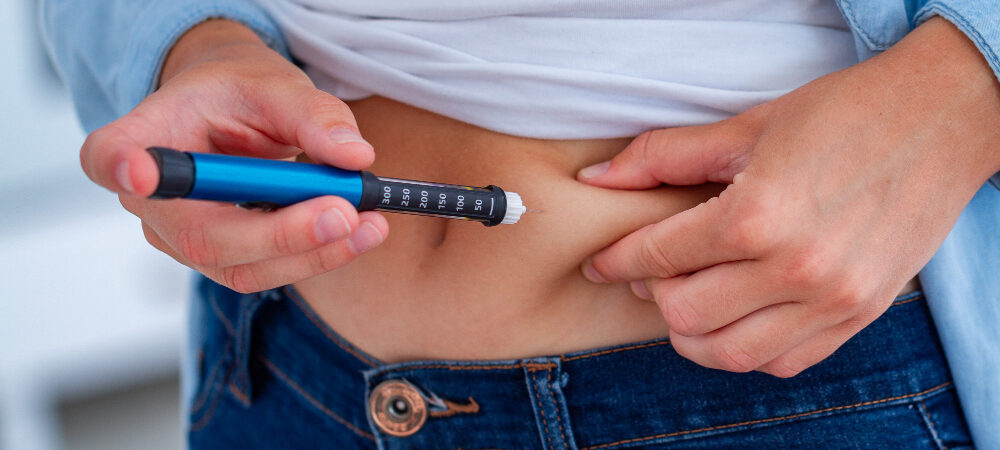Introduction:
Managing blood sugar levels is a critical aspect of diabetes care, and insulin plays a pivotal role in achieving this goal. Two prominent rapid-acting insulins, Humalog and Novolog, are often prescribed to help regulate blood sugar after meals.
In this comprehensive comparison, we’ll delve into the details of Humalog and Novolog, shedding light on their similarities, differences, efficacy, and considerations for choosing the right insulin for optimal blood sugar control.
Understanding Humalog and Novolog:
Both Humalog and Novolog are analog insulins, designed to mimic the body’s natural insulin response.
They are rapid-acting insulins, meaning they start working quickly to help manage post-meal blood sugar spikes. These insulins play a critical role in preventing hyperglycemia, which can lead to complications such as neuropathy, retinopathy, and cardiovascular diseases.
Comparing Onset, Peak, and Duration:
Humalog and Novolog share similarities in terms of their onset, peak, and duration of action. However, subtle differences set them apart. Humalog typically has a slightly faster onset of action, usually within 15 minutes, making it an excellent choice for individuals who need quick blood sugar lowering shortly after eating. This rapid onset is beneficial in preventing the rapid rise of blood sugar levels that can occur after meals.
On the other hand, Novolog’s onset is slightly slower, usually around 10 to 20 minutes, but it offers a longer duration of action of up to 5 hours. This extended duration can be advantageous for those who require more extended coverage throughout the post-meal period, especially for meals that contain higher amounts of carbohydrates.
Efficacy and Personalized Care:
The effectiveness of Humalog and Novolog can vary from person to person. Factors such as individual metabolism, insulin sensitivity, diet, and physical activity level all influence how each insulin performs.
For some individuals, Humalog’s rapid onset might be highly effective in managing post-meal blood sugar spikes.
For others, Novolog’s longer duration might provide more stable blood sugar levels over an extended period.
Therefore, the choice between Humalog and Novolog should be based on a personalized assessment by a healthcare provider who can consider these factors and tailor the treatment plan accordingly.
Considerations for Choosing:
The decision between Humalog and Novolog isn’t a one-size-fits-all solution. Individual preferences and lifestyles play a significant role.
For individuals who need rapid blood sugar control immediately after meals, Humalog might be the preferred choice. Its swift onset can help prevent sharp spikes in blood sugar levels, offering better glycemic control.
On the other hand, Novolog might be more suitable for those who need coverage beyond the immediate post-meal period. The slightly extended duration of action can contribute to more stable blood sugar levels over an extended period, reducing the need for frequent injections.
Collaborative Decision-Making:
Choosing between Humalog and Novolog is best done in consultation with a healthcare professional. Endocrinologists and diabetes educators have extensive experience in tailoring treatment plans to individual needs. They can analyze factors such as an individual’s daily routine, eating habits, and insulin sensitivity to make an informed recommendation. Additionally, continuous glucose monitoring (CGM) and self-monitoring of blood glucose (SMBG) data can provide valuable insights into how each insulin affects blood sugar levels throughout the day.
Practical Tips for Insulin Administration:
Aside from choosing between Humalog and Novolog, proper insulin administration is crucial for achieving the desired blood sugar control.
Here are some practical tips to consider:
- Injection Technique: Regardless of the insulin type, using proper injection techniques ensures optimal absorption. Rotating injection sites and maintaining good injection hygiene contribute to consistent insulin uptake.
- Timing: Administer insulin according to your healthcare provider’s recommendations. Timing is crucial to match the insulin’s action with the anticipated rise in blood sugar levels.
- Dose Adjustments: Your healthcare provider will guide you in adjusting your insulin doses based on factors such as blood sugar readings, activity level, and dietary intake.
- Monitoring: Regular blood sugar monitoring is essential to track the effects of insulin and make necessary adjustments. It allows you to identify patterns and fine-tune your insulin regimen.
Conclusion:
The Humalog vs. Novolog debate isn’t about determining an absolute winner; rather, it’s about finding the insulin that best aligns with an individual’s unique requirements. While both insulins serve the same purpose of regulating blood sugar levels, their nuanced differences make them more suited for specific scenarios. An open and collaborative discussion with a healthcare provider is the key to making an informed decision that optimizes blood sugar control and contributes to a healthier life with diabetes. Remember, the right choice is the one that empowers you to manage your condition effectively and lead a fulfilling life.
With the growing prevalence of diabetes, the availability of different insulin options offers flexibility in tailoring treatment to individual needs. Through proper education, consultation, and attentive self-care, individuals with diabetes can achieve optimal blood sugar control and improve their overall quality of life.
Other Health Articles:
Understanding Diabetes: Causes, Types, and Risk Factors
The Role of Nutrition in Diabetes Management
Personalized Dietary Counseling for Diabetes
Disclaimer:
Medical Advice: The information provided in this blog post is for educational purposes only and should not be considered as a substitute for professional medical advice, diagnosis, or treatment. Always consult with a qualified healthcare professional for personalized guidance regarding your specific medical condition.
Accuracy of Information: While we strive to provide accurate and up-to-date information, the field of medicine and viral fevers is constantly evolving. The content in this blog post may not reflect the most current research or medical guidelines. Therefore, it is advisable to cross-check any information provided with reliable sources or consult a healthcare professional.
Individual Variations: The symptoms, causes, treatment options, and preventive measures discussed in this blog post are general in nature and may not apply to everyone. It is important to remember that each individual’s situation is unique, and personalized medical advice should be sought when making healthcare decisions.
External Links: This blog post may contain links to external websites or resources for additional information. However, we do not endorse or have control over the content of these third-party websites. Accessing these links is done at your own risk, and we are not responsible for any consequences or damages that may arise from visiting these external sources.
Results May Vary: The effectiveness of treatment options or preventive measures mentioned in this blog post may vary from person to person. What works for one individual may not work the same way for another. It is essential to consult with a healthcare professional for personalized advice tailored to your specific needs.

Chief Consultant Diabetologist & Preventive Cardiologist, Consultant Functional and Lifestyle Medicine, Geriatrician & Family Medicine Specialist, Nutritionist, Life Counsellor and Wellness Coach, Motivational Speaker & Columnist, NLP Practitioner and Hypnotherapist, Bach flower Therapist


